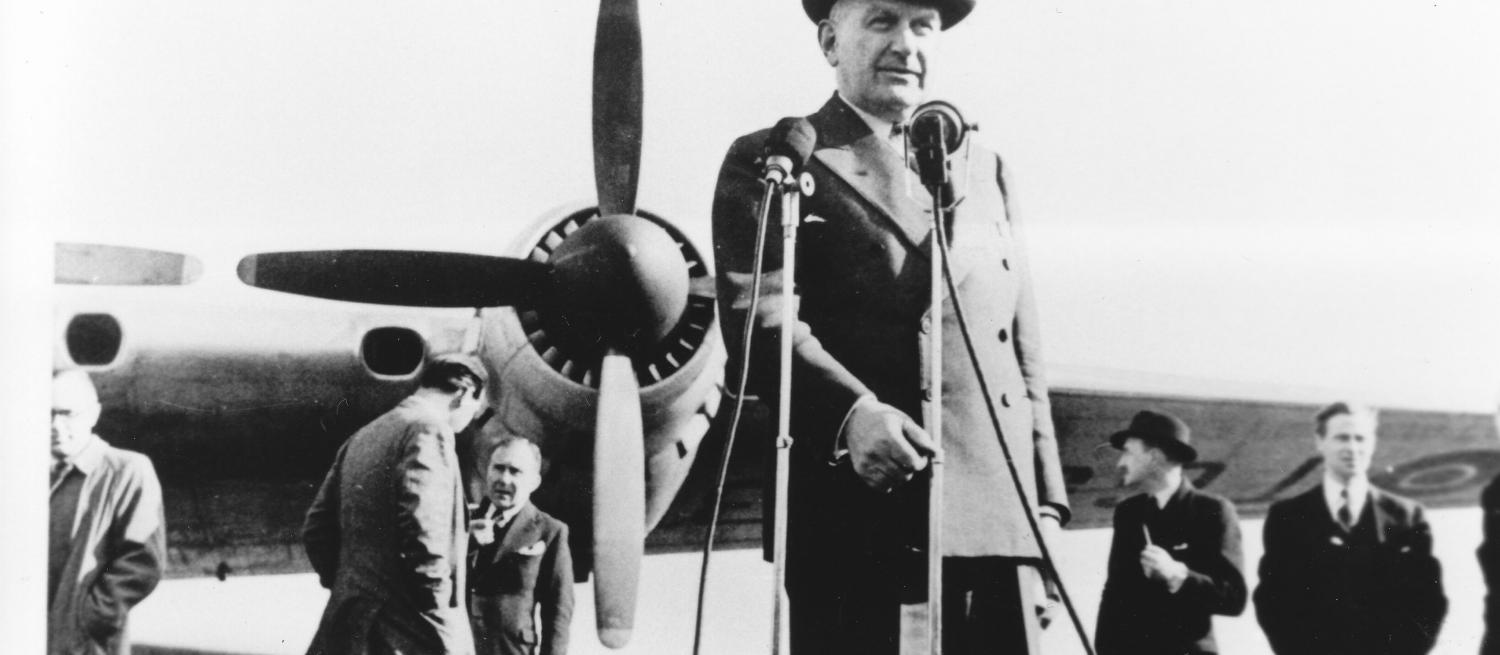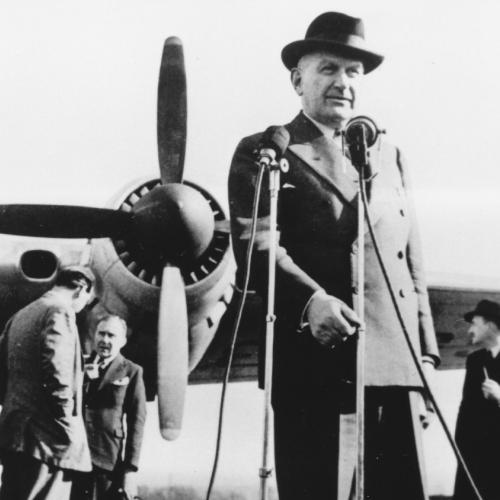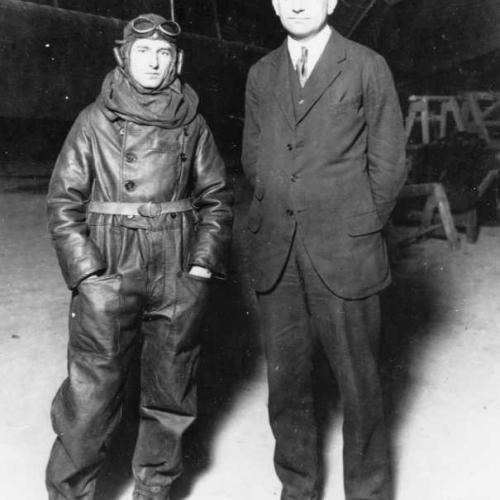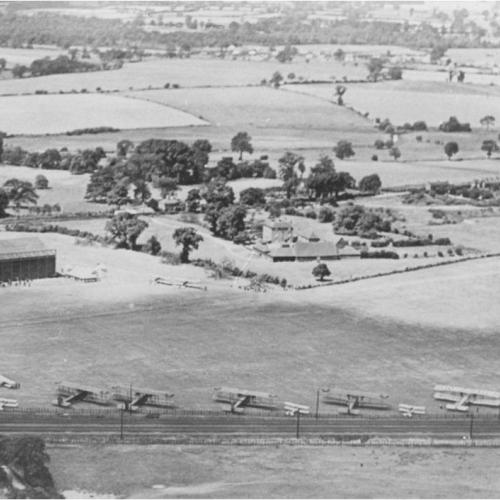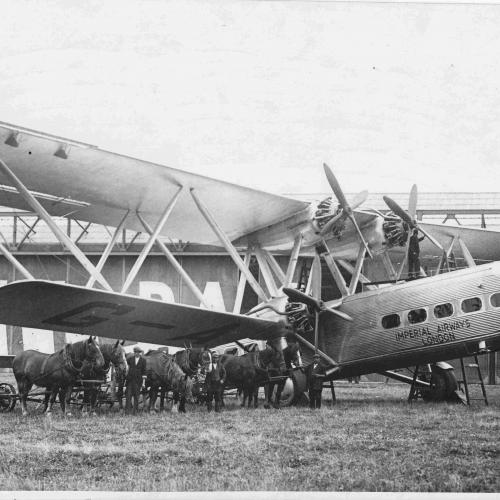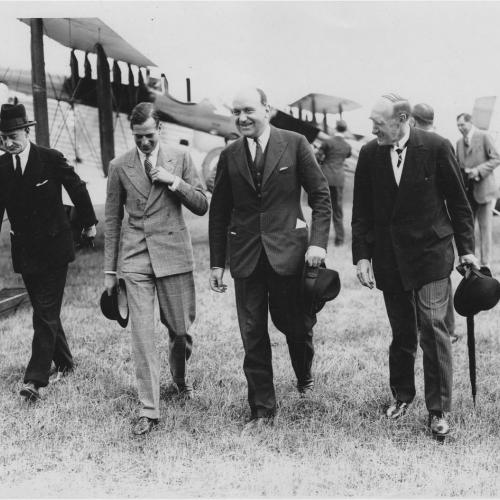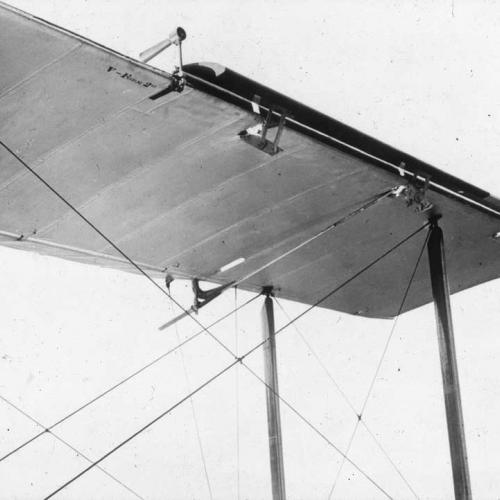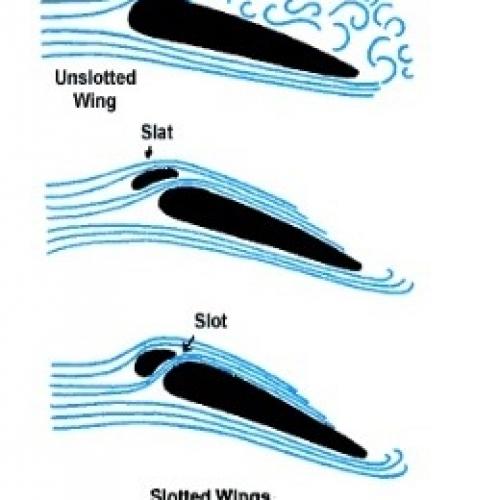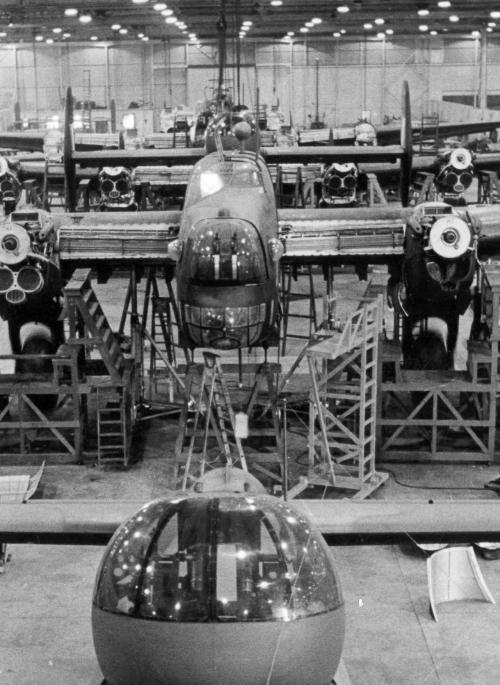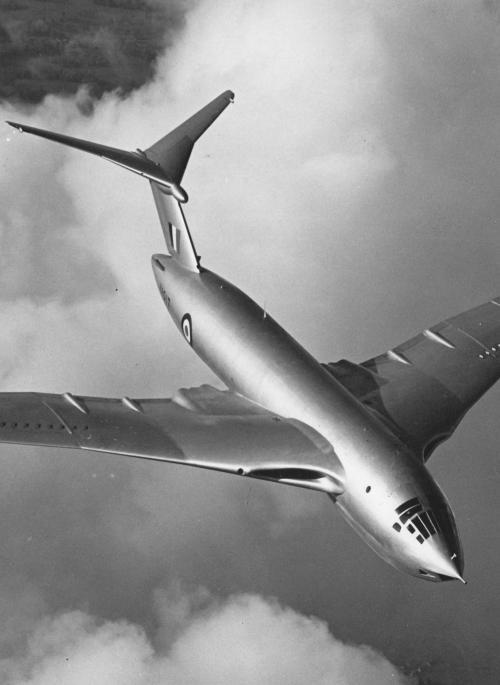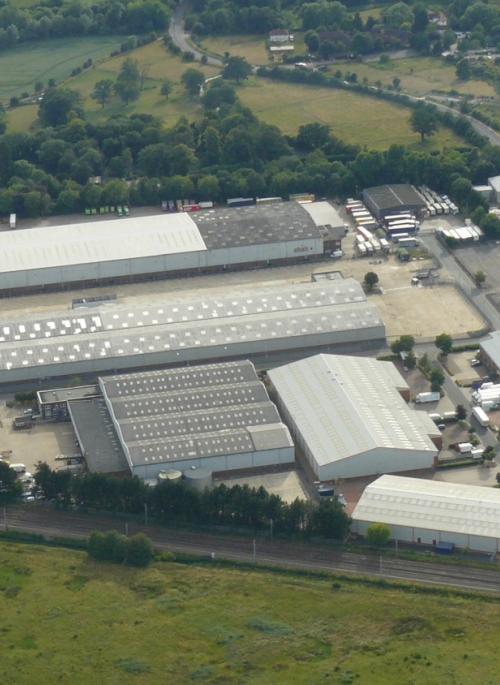Sir Frederick Handley Page
Frederick Handley Page was born in 1885 and was just 18 years old when the Wright Brothers completed the first ever controlled, powered flight in 1903. Three years later, in 1906, Handley Page graduated as an Electrical Engineer and joined The Aeronautical Society. In June 1909 he started the first company specifically for aeronautical engineering in the country.
Handley Page's interests were very wide. He cared passionately about good education and helped to found Cranfield College of Aeronautics, and supported Northampton Polytechnic. He was deeply committed to safety and is sometimes referred to as “the father of the Air Registration Board”. He was knighted in 1942 for his contribution to the war effort.
He had enormous charisma and he made a point of making himself known to all his employees from the shop floor upwards and generated enormous loyalty.
Images:
1. Sir Frederick Handley Page at the Radlett Aerodrome in the 1950s
2. Handley Page with one of his test pilots in 1918
Handley Page moves to Radlett
In 1912, Handley Page moved his company to Cricklewood where they were eventually able to fly from the airfield at the Cricklewood aerodrome. From here Handley Page developed the O/100 and O/400 bombers which were used during the First World War, but by the late 1920s housing was being built much closer to the aerodrome and a new site was needed.
One of Handley Page's test pilots, Major James Cordes, remembered an occasion when he had been forced by bad weather to land in a field between Frogmore and Colney Street, alongside the Midland Railway line, and suggested this as a new location for the factory and aerodrome.
Radlett Aerodrome was opened by the Duke of Kent on the 7 July 1930. Initially, when aircraft were brought out of the hangar onto the field to fly, they had to first remove the sheep who grazed there.
Images:
1. Radlett aerodrome in 1930 from the air.
2. Horse-drawn mowing equipment in front of an HP42 aircraft.
3. The Duke of Kent and Frederick Handley Page.
The Handley Page slot
One of Handley Page's greatest achievements was the development of the Handley Page slot which was his solution to the frequent and often fatal, crashes caused by stalling and spinning. This still has a worldwide influence on aircraft design today.
A slot is an air gap between a small slat and the wing allowing wind to pass between the two. Using a wing with a slot has many advantages:
- allows a larger angle of attack
- reduces the speed at which the aircraft stalls
- allows for a short runway take-off
- gives higher stability at low speeds
- is more manoeuvrable.
The Handley Page slot was patented in 1921 and provided the company with much of its profit during the 1920s and 30s as well as saving many lives.
Images:
1. The Handley Page slot in action on a biplane.
2. An illustration of how the Handley Page slot works.
